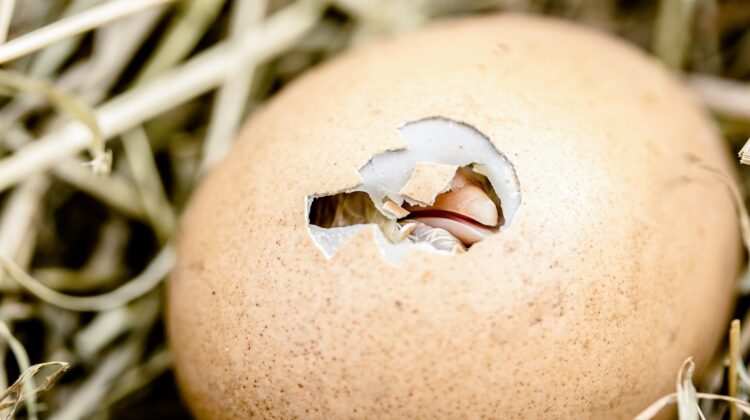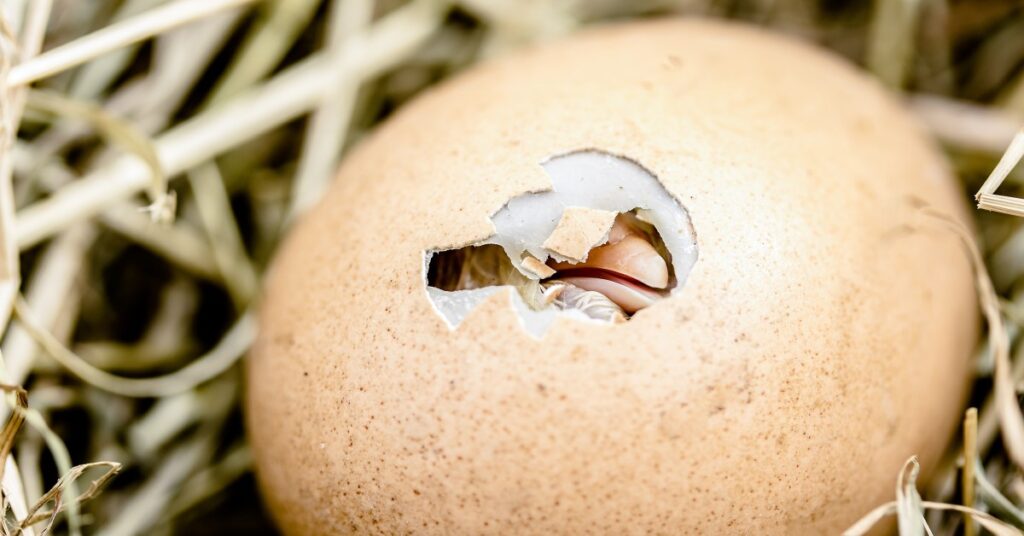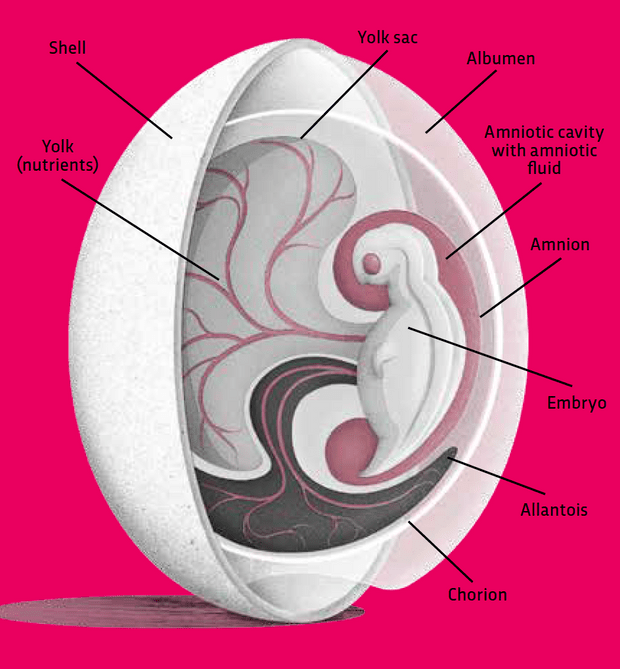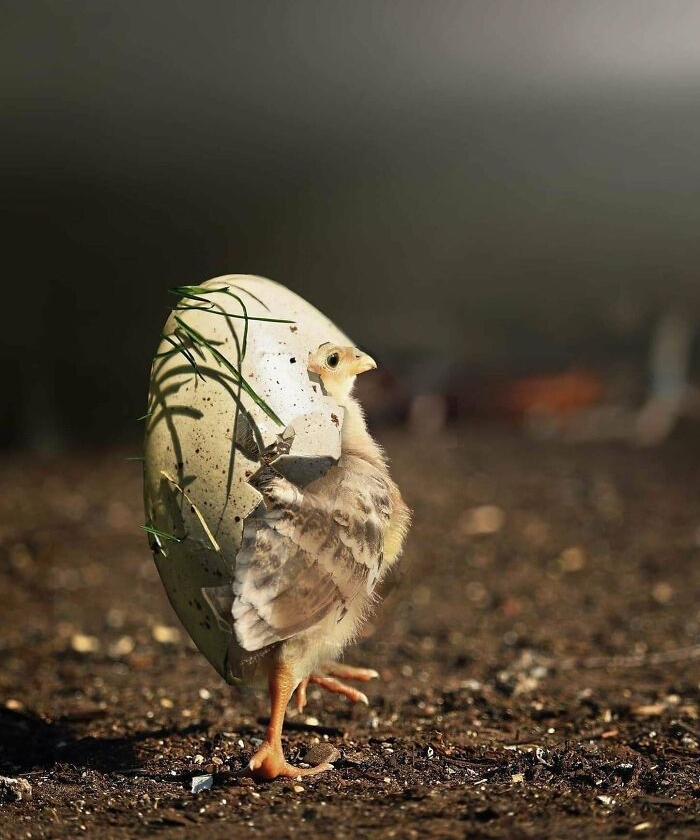
Have you ever wondered how baby birds manage to breathe inside their hard eggshells? It’s all thanks to some remarkable egg-ineering.
Bird eggs, with their sturdy shells, contain both egg white and a yolk. When the egg is fertilized, the embryo develops within the yolk, deriving nourishment from it and the surrounding egg white. With food and shelter taken care of, you might wonder if there’s anything else the baby bird needs. Well, there’s one more essential requirement: fresh air.

Unlike humans and other animals that develop inside their mothers and obtain oxygen through the umbilical cord, birds lack such a direct method. Instead, the egg itself plays a crucial role in facilitating gas exchange.
This fascinating process involves two specialized membranes within the eggshell that function like lung tissue, connecting the chick’s circulatory system to the outside environment. When the mother bird lays the eggs, they are warm, but as they gradually cool down, the material inside the egg contracts slightly. As a result, the two membranes create a small pocket or air sac. As the developing bird grows, it breathes in oxygen from this air sac and exhales carbon dioxide. Oxygen diffuses through thousands of microscopic pores distributed across the surface of the egg, while the same pores allow the release of carbon dioxide.

These pores also serve another vital purpose by allowing moisture to enter the egg, preventing the bird and its internal components from drying out. This is why hard-boiled eggs tend to feel slightly heavier than raw ones—the cooking process seals the pores and prevents moisture exchange.
Nature’s ingenuity in designing the bird’s egg enables the developing chick to access the oxygen it needs while still within the protective confines of the shell. It’s a remarkable example of adaptation and survival, demonstrating how life finds innovative solutions to ensure its continuation.

So, the next time you marvel at the sight of a bird’s nest with eggs, remember the incredible mechanisms at play that enable those baby birds to breathe and thrive inside their eggs before embarking on their journey into the world.

Leave a Reply